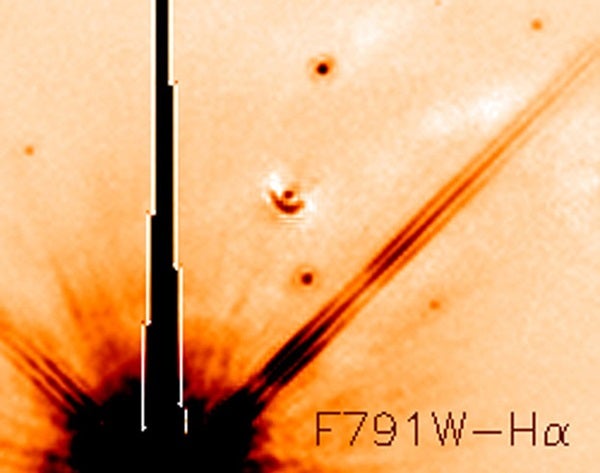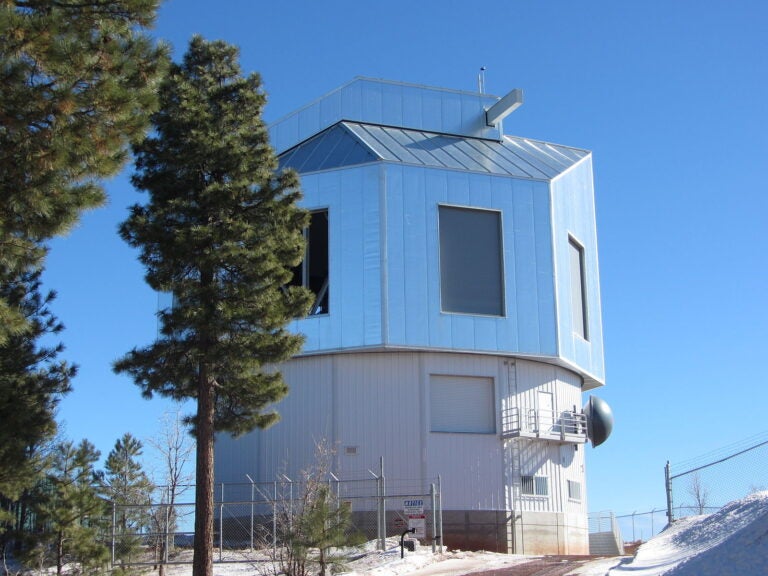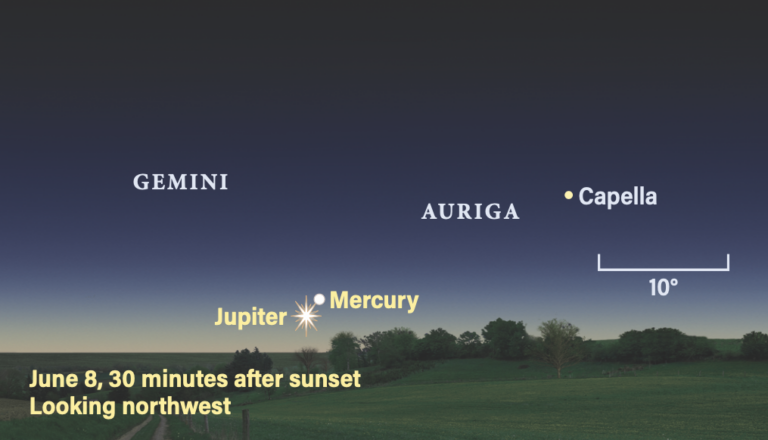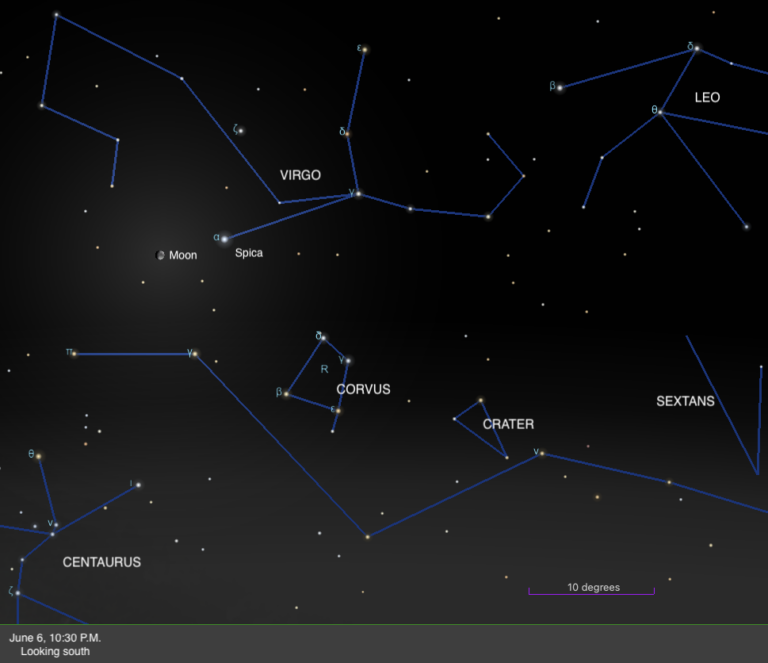Astronomers call these spikes “diffraction spikes.” They occur on images taken through reflecting telescopes that have a secondary mirror supported by vanes, usually four of them. The light entering the telescope diffracts around the vanes, and the resulting image shows an interference pattern (spikes) around the brightest objects. In fact, all objects on the image will have diffraction spikes. Depending on the exposure length, however, the spikes around the fainter objects may be too dim for the detector (usually a CCD chip) to record.
A refracting telescope doesn’t have a secondary mirror, so it will not produce an image with spikes. Therefore, if you want to prevent them, a refractor is the way to go.
Some astroimagers like these spikes and thus create them by stretching thin string across the front end of a refractor. Most photographers who do this use two strings at right angles that meet in the center. I have also seen examples where imagers used more strings and/or different angles to produce a variety of effects. — Michael E. Bakich, Senior Editor










